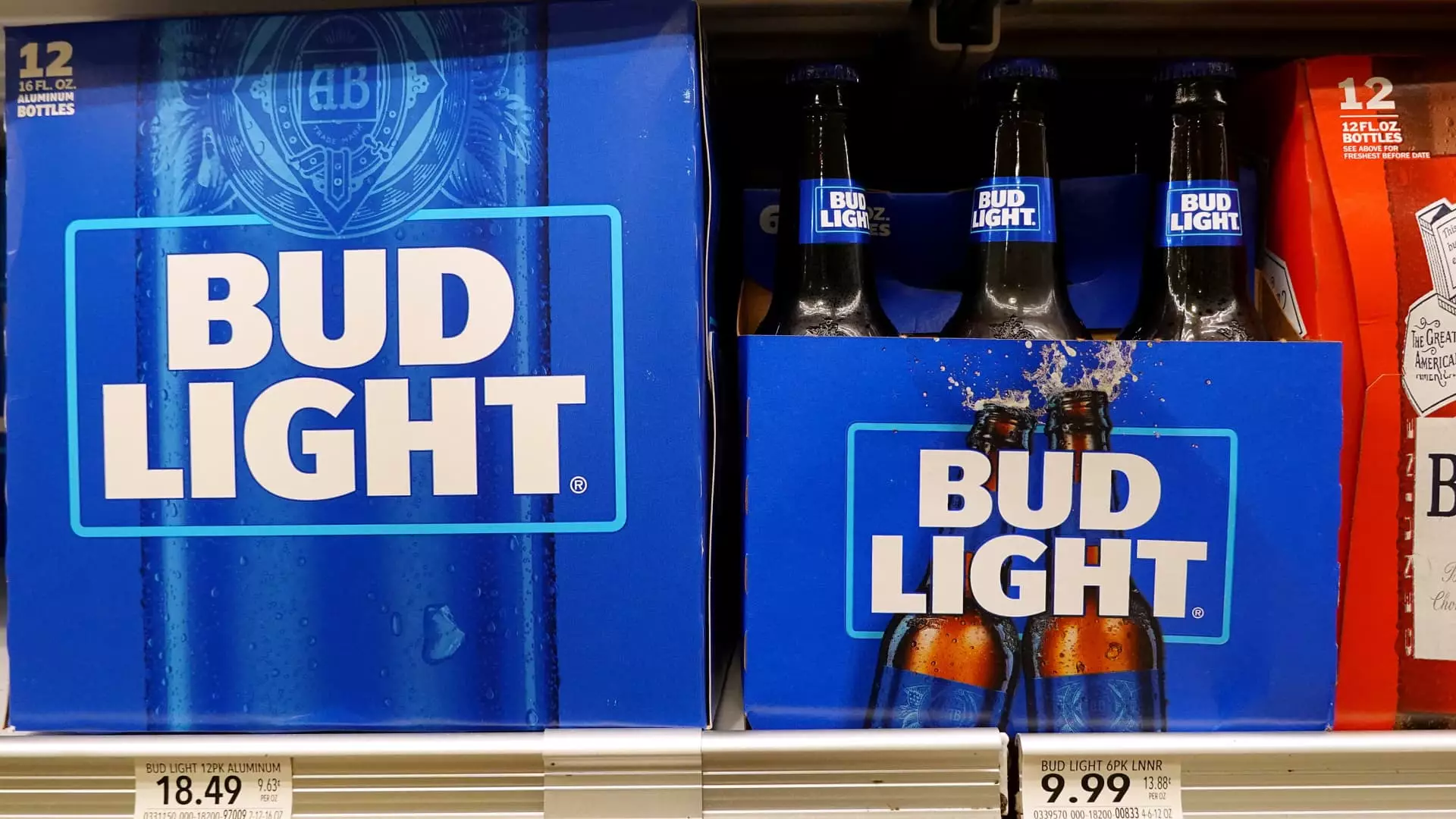The past year has marked a significant decline in beer consumption in the United States, reaching its lowest level in a generation. This shift in consumer behavior can be attributed to various factors, including a growing preference for alternative alcoholic beverages and an increasing number of individuals abstaining from alcohol altogether. While Anheuser Busch, the maker of Bud Light, has been at the center of attention due to a controversial sponsorship agreement, this boycott does not fully explain the overall decline in beer consumption. Instead, the long-term decline of domestic-premium brands, including Bud Light, Miller Light, and Coors Light, has played a substantial role in this downward trend.
The Changing Landscape
Anheuser Busch, owned by global conglomerate AB InBev, has faced significant challenges in recent years. Not only has the company experienced a decline in sales due to the decreasing popularity of domestic-premium brands, but it has also encountered difficulties in the hard seltzer market, a category in which it had previously dominated. The emergence of new alcohol products, particularly those introduced by non-traditional producers such as soft drink and energy companies, has intensified the competition within the industry. These new entrants, with their sugar-forward alcoholic beverages, now vie for the same consumer occasions as traditional malt- and hop-forward products.
Despite the decline in volume consumption, the largest beer makers have managed to remain financially resilient. The steady increase in prices, which have climbed alongside or even surpassed broader inflation, has contributed to their financial stability. Furthermore, beer drinkers have displayed a preference for more expensive beer brands, especially imports like Modelo Especial, which claimed the top spot as the most popular beer in America in 2023. Additionally, beer sales in other parts of the world continue to demonstrate strength and resilience, providing a buffer against the decline in the U.S. market.
One significant challenge facing the beer industry is the oversaturation of the alcoholic beverage market. The craft-beer boom witnessed in the 2010s has started to dwindle, and consumers now face an overwhelming number of options. The plethora of varieties available has given rise to choice fatigue, making it increasingly challenging for consumers to navigate the selection and find their preferred beverage. As a result, many individuals may be exploring alternatives to beer, contributing to the decline in consumption.
The year 2023 has been a tumultuous one for the U.S. beer industry. While factors such as an expanding economy and wage gains have provided some positive aspects, the oversaturated alcohol marketplace has presented numerous challenges. The decline in beer consumption reflects changing consumer preferences, with individuals gravitating toward other alcoholic beverages, such as hard seltzers, and even opting to abstain from alcohol altogether. As the industry faces these headwinds, beer manufacturers must adapt to the changing landscape and find innovative ways to reconnect with consumers and reignite interest in their products. Only then can they hope to reverse the downward trend and regain their position in the evolving alcohol market.


Leave a Reply